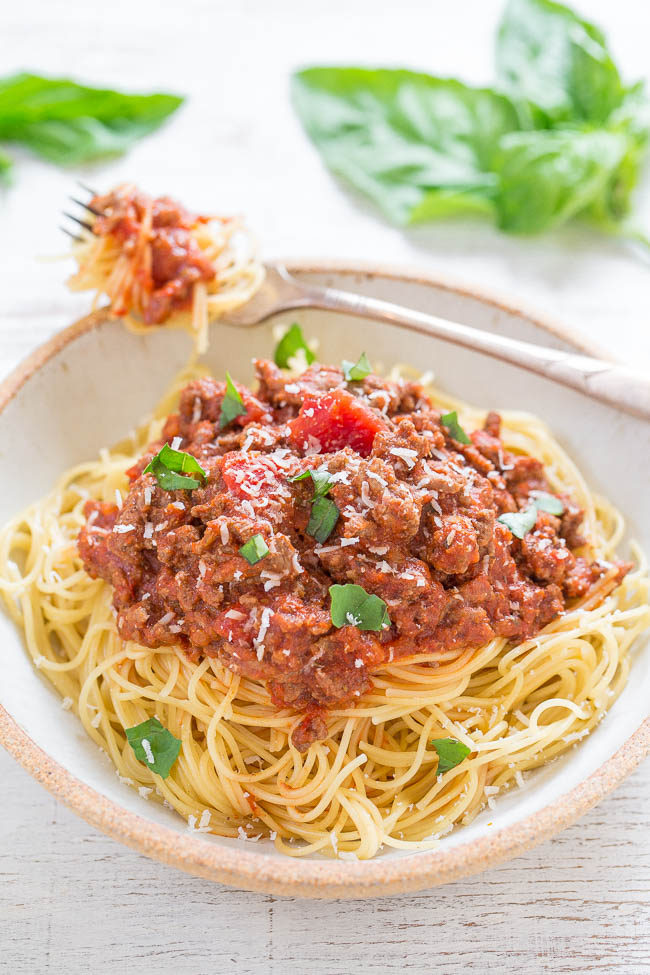There are so many different kinds of honey, but they’re generally easy to identify as they are typically named after the type of flower from which the nectar was collected, and vary by colour, texture and taste.
According to the National Honey Board, there are more than 300 unique types of honey available in the United States alone, each originating from a different floral source.
Here are ten of the most popular types of honey and how to cook with them.
Acacia honey
A light and delicate flavoured liquid honey that comes from Italy. Precisely for its characteristics, it is the table honey par excellence, ideal for natural consumption and excellent in combination with delicate cheeses. An excellent natural detoxifier, it’s perfect for the liver and intestines.
Manuka honey
This thick, dark honey is native to New Zealand and produced by bees that pollinate the flowers of the manuka bush.
Manuka honey contains active compounds, giving it natural antimicrobial properties – and it is this that sets it apart from regular honey.
Clover honey
This light-coloured honey, first sourced in New Zealand and Canada, is one of the most popular types of honey in North America. It has a light, mild flavor, making it a great addition to dressings, sauces, and baking recipes.
Buckwheat honey
Buckwheat honey is great honey for making marinades, especially for meats. States including New York and Ohio produce this dark brown, rust-colored honey. Its anti-inflammatory properties can help treat a sore throat.
Euclyptus honey
This distinctive amber-colored honey, typically presenting dark and sometimes greenish tones, is produced by bees pollinating a single flower (in this case, the eucalyptus flower) and is common in Australia, the Western Cape in South Africa, and in Brazil. It also has a distinctive, slightly medicinal menthol, caramel and slightly earthy, woody flavour.
Eucalyptus honey has higher quantities of immune-system supporting vitamin C. It may be used in baked goods, sauces, dressings or even with blue cheeses.
Dandelion honey
Often included in cleansing diets as a sweetener, dandelion honey is yellow. Great for sweetening coffee, tea and chamomile. It’s perfect pairing with lemon, and its qualities as a diuretic, and for purifying and draining, are renowned.
Fireweed honey
Fireweed honey – known as the ‘champagne of honey’, by those who love its colour, its mild flavour, and its smooth spreadability – is made from the delicate North American-native fireweed plant.
Fireweed honey is made from fireweed plants in Canada, Alaska, and the Pacific Northwest in the United States. Its a sweet honey suitable for baking and for making marinades for grilling.
Orange blossom honey
Thick and rich blossom honey tastes like traditional honey, but with hints of citrus and a light, refreshing sweetness.
This popular and abundant honey is made from the orange blossoms of orange trees, and can be found in France, Mexico, Israel, Spain and Italy. In the US it is made in the states of Texas, California, and Florida.
It is popular as a topping for bread and dairy products when only something sweet will do. This can range from oatmeal to pancakes and waffles, through ice cream or yogurt. Orange blossom honey is also popular as a sweetener for beverages like tea and coffee.
Tupelo honey
This light, amber honey with a slight green cast has a pear-like and hoppy aroma, and a coveted flavour that fans describe as mild, delicate, buttery, floral, like cotton candy and rosewater. It also has low fructose and never crystallises.
It’s produced in small quantities in remote swamp areas with tupelo trees in Florida and Georgia, however its ongoing production is under threat, which is why its included in Slow Food‘s Ark of Taste.
Aster honey
This light, smooth and thick honey is produced in the mid-south region of the US, and has a sweet aroma, and rapid crystallisation.
It’s used primarily as a sweetener for drinks and can also be used as a topping for food, or as an ingredient when baking or cooking.










